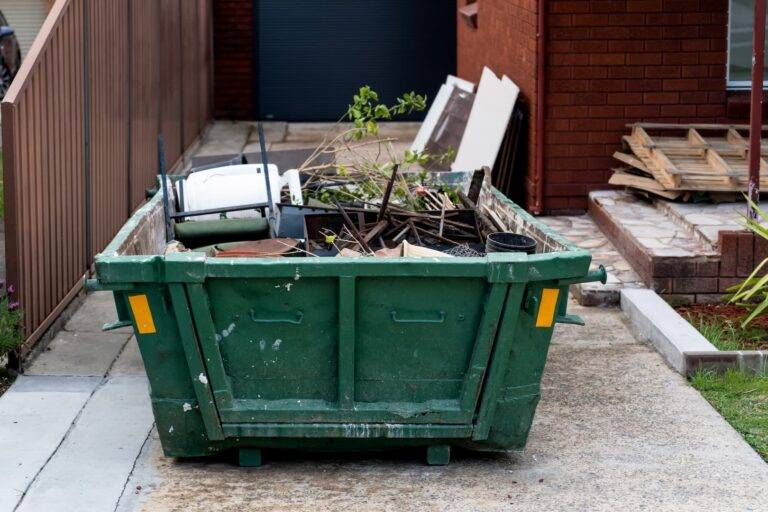Skip hire is an efficient way to dispose of waste, but loading it safely and correctly is essential to avoid accidents. What’s more, it can also help prevent delays during transportation. By following our easy tips, you can ensure that your skip is loaded efficiently, making the whole process safe and effective. Please keep reading to find out more.
1. Plan Ahead
Before you start loading the skip, take the time to sort your waste into categories. Separate recyclable materials from general waste and also try to organise objects by size. You should also be sure to properly handle hazardous materials such as chemicals or electrical items. Planning ahead will make the process smoother and ensure you’re not trying to fit oversized or dangerous items into the skip.
2. Load Heavy Items First
Always start by placing heavier items at the bottom of the skip. This helps create a solid base for the rest of the waste, ensuring it’s evenly balanced and reducing the chances of it tipping over. Items like bricks, concrete, and large furniture should always go in first, as they can support lighter materials on top. Additionally, you can always put thinner items through any cracks or spaces.
3. Distribute The Weight Evenly
As you load the skip, try to distribute the weight evenly across the whole area. This is particularly important for preventing the skip from becoming unbalanced! For instance, if the weight is too concentrated in one corner, it could affect the vehicle’s ability to transport the skip safely. It’s also sensible to avoid overloading one side, and try to spread out the load as evenly as you can.
4. Don't Overfill The Skip
While it might be tempting to cram as much as possible into your skip, overfilling it is never a good idea. If the skip is too full, items can spill out during transportation, potentially causing accidents or damage to other road users. So, a good rule of thumb is to fill the skip level with the top edge, not above it. If you’re unsure, ask your skip hire company for guidance on load limits.
5. Use Equipment Where Necessary
For larger items, consider using tools like a wheelbarrow or lifting aids to move waste into the skip. These can help reduce the strain on your body and prevent injury. What’s more, wearing safety gloves and sturdy footwear is also essential to protect yourself from sharp or heavy objects.
6. Keep The Skip Area Safe
Ensure the area around the skip is clear of obstacles, and that the skip is placed on a flat, stable surface. This will help to avoid accidents when loading, such as tripping or damaging nearby property. It can also prevent the skip from tipping over.
Choose Stag Skips For All Your Skip Hire Needs
If you’re ready to tackle your waste disposal with ease and safety, contact our team today! We’re here to provide reliable and efficient skip hire services to business and domestic clients. Please get in touch to find out more and schedule a delivery that suits you.

